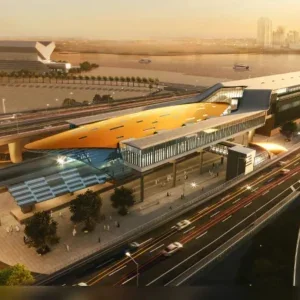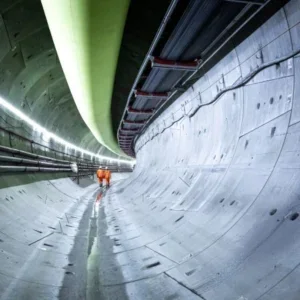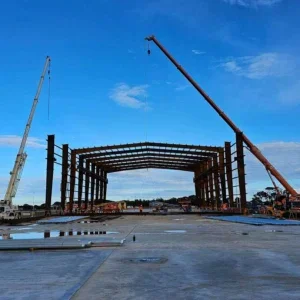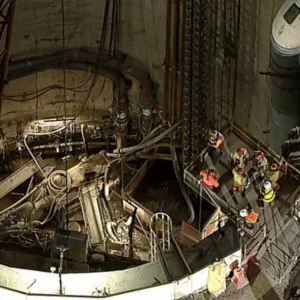On Tuesday 31 August, a woman turned herself into a human bomb outside a busy Moscow subway station. Initial reports claimed the blast killed at least ten people with more than 50 others injured.
A militant Muslim web site reportedly claimed responsibility for the attack in retribution for Russia’s war with rebels in Chechnya. This claim is yet to be verified.
The attack comes at a time when many of the world’s subway operators fear their vulnerability to terrorist type attacks. In the US capital, Washington DC, the metro operator has begun a training programme for a select group of commuters, to assist in the evacuation of trains and tunnels in the event of a disaster.
Training is initially being given to riders who are members of community emergency response teams, although it is expected that the programme could be extended to regular subway riders within a year.
An animated guide is available on CD-ROM and on the operator’s web site at www.wmata.com/riding/ safety/evac.cfm
In New York, the city’s Metropolitan Transportation Authority (MTA) is investigating plans to retrofit a blast-proof lining to its subway tunnels, especially in the eight tunnels that run under the East River.
The MTA is working with Jacobs Engineering, Parsons Brinckerhoff, SAIC and URS Corporation to assess the suitability of carbonfibre composites for containing an explosion.
The plan involves applying sheeting of the material, which has been likened to “vinyl flooring” to the walls of tunnels. The flexible nature of the carbonfibre means it should help absorb and contain the force of any blast.
The four consultants are also helping the MTA implement long-term anti-terrorist measures. In mid summer, the MTA was said to have spent US$100M developing a security programme. These funds come from a US$591M pool awarded to the MTA by state and federal governments.
Some of the other measures already deployed include additional transit police officers, surveillance cameras in the tunnels, sensors to monitor station air for contaminants and issuing police officers who patrol the subway with a lightweight gasmask in case of chemical attack.
Earlier this year in the UK, armed and plain-clothed police began to patrol the London Underground network, acknowledging the threat to such facilities.







